
Leveling your yard can help with drainage and prevent damage to your home. Learn the cost to level a yard and what factors can affect the price.
Taking care of your yard this fall will lead to a gorgeous lawn in the spring


Once summer is over, you might think you can leave your lawn alone until spring rolls around again—but that’s not the case! Fall lawn care is a critical part of ensuring your yard stays healthy through the winter and looks lush and green during the active growing seasons. Prepare your yard for colder weather with these nine tips for fall lawn care.
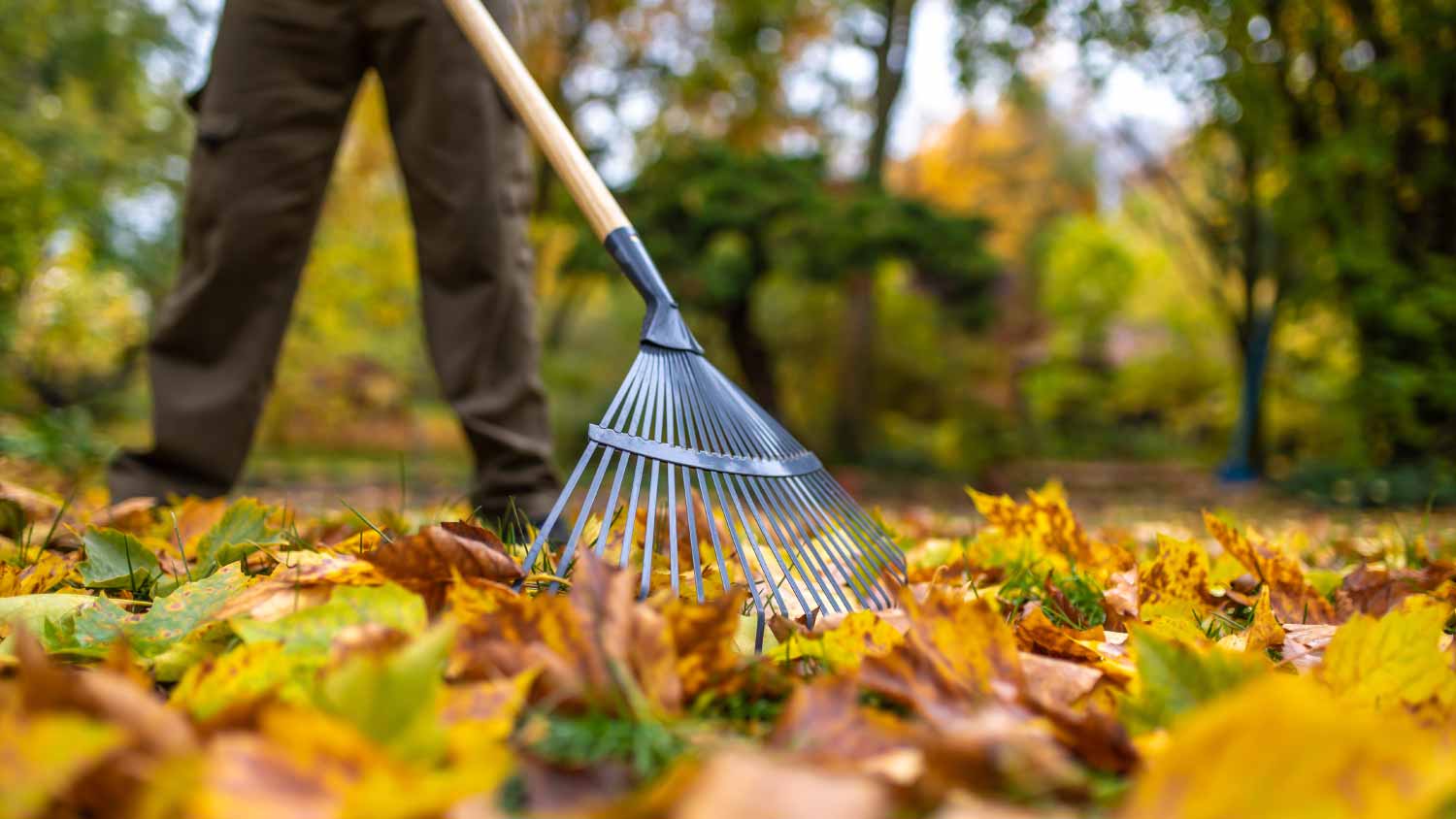
When leaves fall, they trap moisture and block sunlight, choking off grass growth and potentially leading to lawn fungus and mold problems. Waiting until all the leaves have fallen to remove them can mean weeks or even months of harm to your grass, so rake once every one to two weeks to keep up on fallen leaves and give your grass what it needs to stay healthy. Hire a local leaf removal company to save time and effort if you don’t have the right tools. Leaf removal costs an average of around $376.
Make sure to use a rake with flexible tines and avoid using a lot of pressure while you work to avoid ripping up or damaging the grass. Alternatively, a good leaf removal tip is to use a leaf blower to move leaves to a safe area for collection and to save time or use a leaf vacuum to get everything done in a single pass. If you have just a small amount of leaves on your lawn, you could also use a mulcher to mow over them, which can add some nutrients to your soil as the pieces decompose.
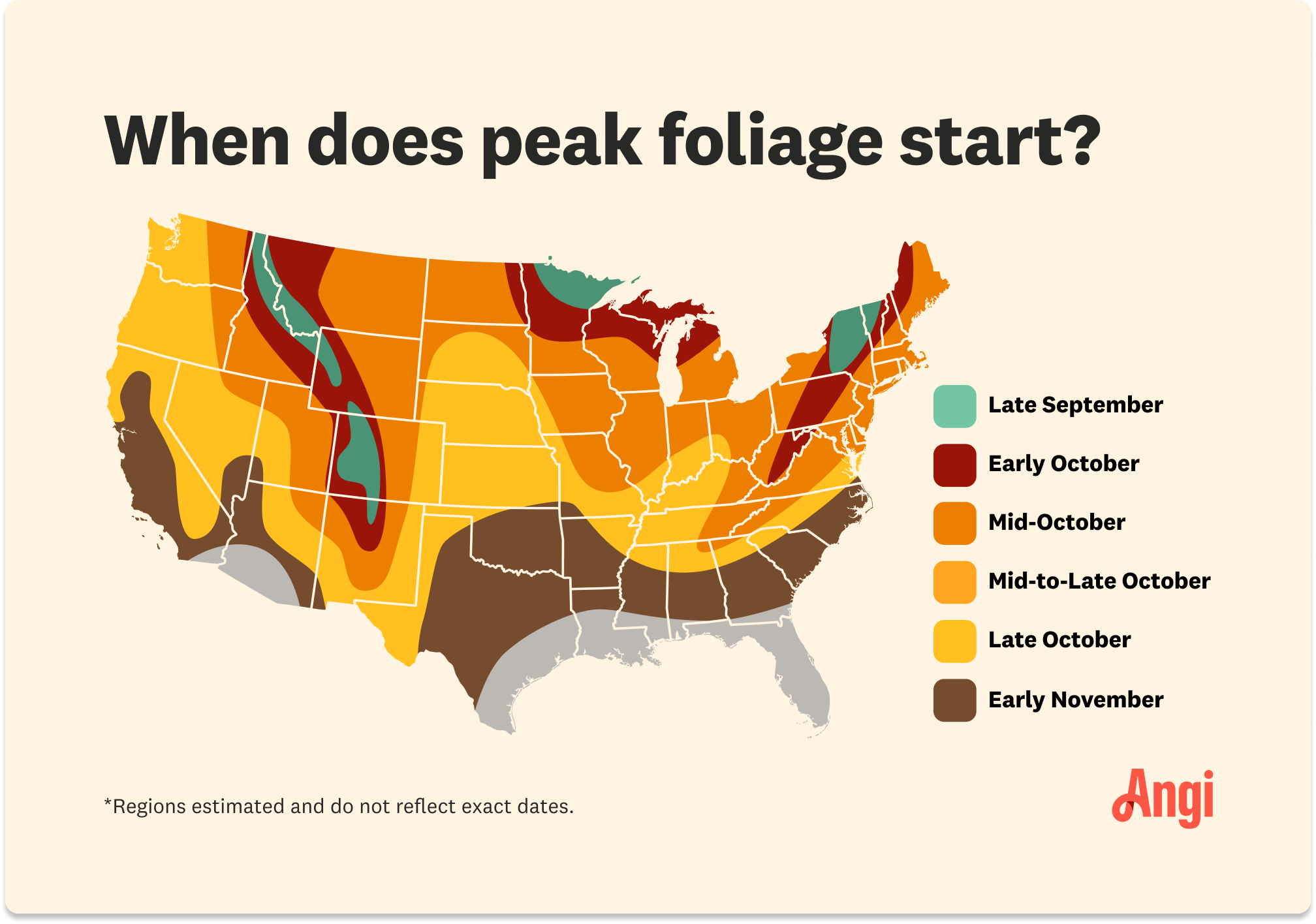
After the scorching temperatures of the hot summer season have cooled down, previously dry, parched grass often begins to grow relatively quickly again through the fall until the first hard frost. Keeping your lawn mowed throughout the fall will help it thrive and prepare it for winter.
Mow to a height of 3 inches. To maintain that height through autumn, you’ll likely need to mow once every one to two weeks through the fall season. Grass that’s too short will have difficulty withstanding freezing temperatures and will be more susceptible to weed intrusion, and grass that’s too long will become matted, potentially leading to mold growth and dead patches.

Thatch is a layer of organic matter like leaves, dead grass, and roots—both dead and living—that forms between the soil and the base of the grass. A layer of thatch more than half an inch thick can deprive grass of essential nutrients, oxygen, sunlight, and moisture and can lead to lawn pest problems and diseases. Regular raking can remove some thatch, but for lawns with a thick layer of thatch, raking with a specially designed dethatching rake might be necessary.
You can also take steps to prevent thatch from building up, like getting your lawn aerated twice a year (once in the spring and once in the fall) and keeping up with leaf removal yourself or hiring a leaf removal company to do it once every one to two weeks when the trees on or near your property start to shed their leaves. If you have pine trees on your property, be extra diligent about removing pine needles from your lawn, as these contribute to more rapid thatch development.
Aeration is one of the best things you can do for your lawn in the fall. This process loosens the soil so it can better receive oxygen, moisture, and nutrients, and it also prepares the soil for fertilizer or grass seed. There are several different kinds of aeration that professionals commonly use, and the right one depends on the specifics of your lawn’s condition.
| Core Aeration | Spike Aeration | Liquid Aeration |
|---|---|---|
| Removes and redistributes plugs of soil every few inches | Creates holes by puncturing soil without removing it | Organic mix of chemicals that is sprayed on the lawn to break down compacted soil |
| Good for heavily compacted lawns or soil that you haven’t aerated in a long time | Good to prepare for fertilizer or seed on less compacted lawns | Easier than physical aeration but lacks evidence of effectiveness |
Aeration can be a big job, depending on the size of your lawn, and it may require specialized equipment. You may want to hire a local lawn care company to get the job done properly. Average lawn aeration costs can range between $75 and $200, depending on your area and the square footage being aerated.
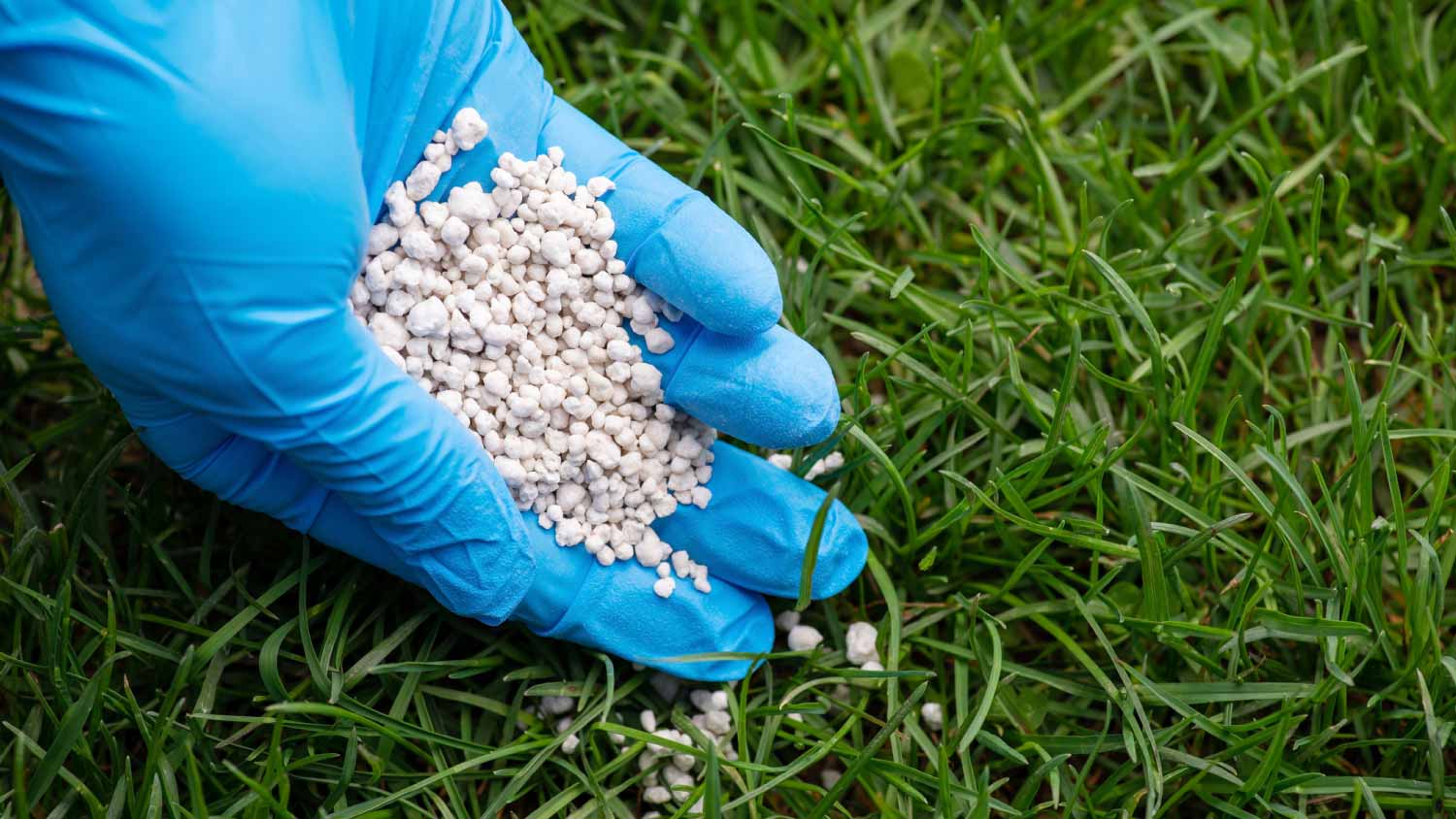
Applying a nitrogen-rich fertilizer in the fall can help your lawn get the nutrients it needs to withstand the winter and thrive in the spring. Fertilizing your lawn immediately after aerating will allow the soil to better accept the nutrients, leading to a green, lush lawn once temperatures begin to climb again after the cold winter. You can hire a lawn care professional to apply fertilizer for you, as pros will be best able to evaluate your lawn and determine the ideal fertilizer for your yard.
The average cost to fertilize your lawn professionally is around $400. Knowing how to hire a landscaper can help you find the best professional for your yard’s specific conditions and fertilization needs. If you have a contract for ongoing lawn service, your professional might already include fertilization in your annual lawn care costs, so check your contract before hiring.
Overseeding is the process of adding new grass seed to established lawns. This process can thicken your lawn, which helps reduce the risk of weeds and pests damaging it and creating more work for you in the spring. Overseeding immediately after aeration is a good option and often leads to the best results.
Reseeding bare or dead patches of lawn in the fall is also a good idea. It gives new grass a chance to take root before frost sets in and without the hot summer temperatures that discourage growth. Reseeding your lawn takes more than just throwing down some grass seed, though. Seeds will only successfully grow when in direct contact with the soil, so you’ll need to prepare the soil by raking it loose first. Don’t forget to water the new seed regularly for a few weeks until the seed has taken root. The average cost to seed a lawn if you hire a professional, is around $0.10 to $0.20 per square foot.
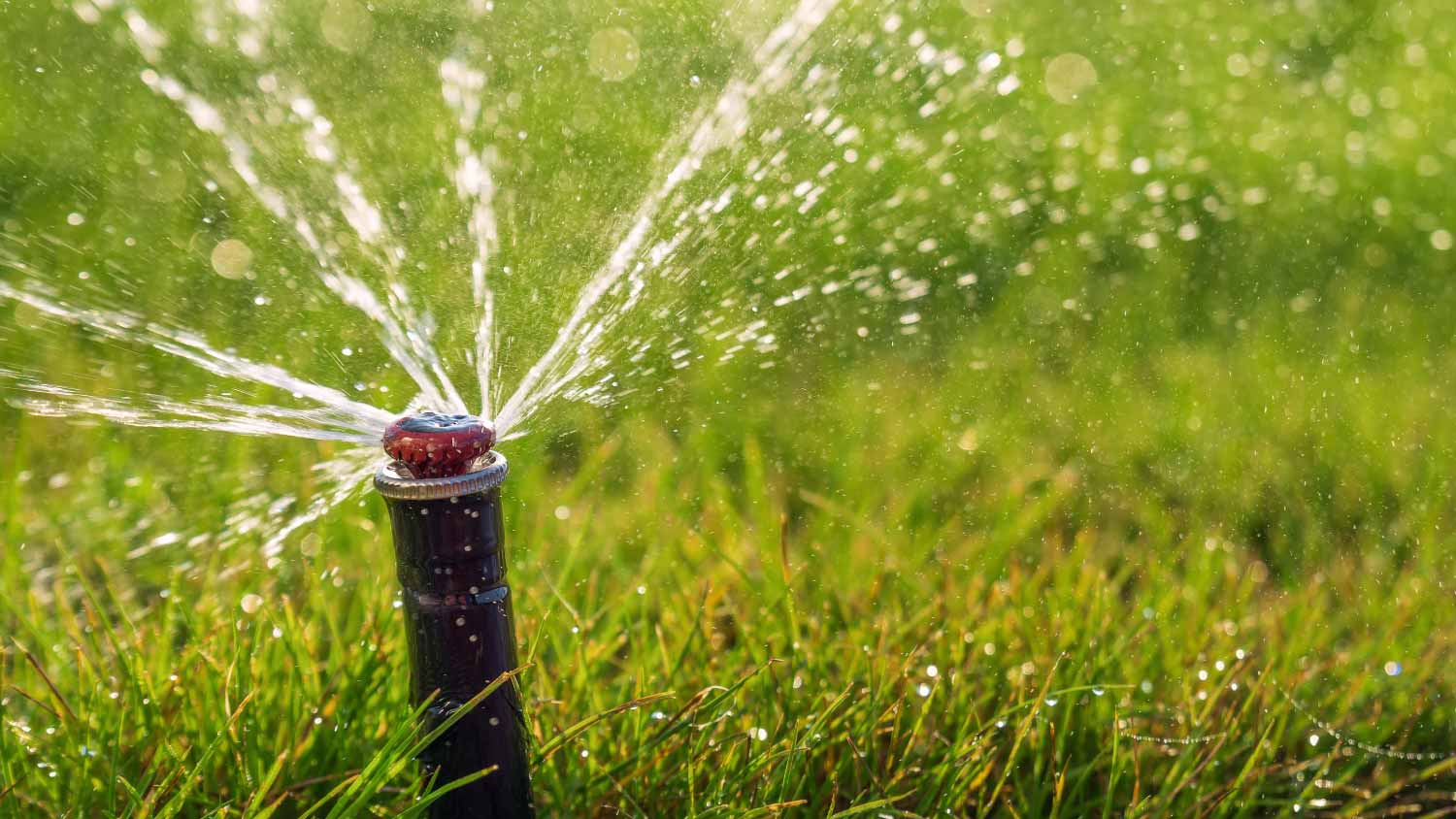
Sprinkler and irrigation systems require special care in areas that reach freezing temperatures. Full pipes can burst and lead to underground leaks when they thaw, causing unnecessarily high water bills and even foundation damage in some cases. Preparing your lawn irrigation system for the winter will protect it from damage and ensure it’s working properly when it’s time to turn it back on in the spring.
Your system’s manufacturer may have specific instructions for how to winterize the system, but the basic steps include the following:
Shut off the main water supply valve and any backflow valves.
Switch off the timer.
Drain any water within the system to prevent burst pipes.
Insulate all exposed components with insulating foam or tape.
Most homeowners start thinking about weed control in the early spring, but applying a pre-emergent herbicide in the fall is a good way to prevent winter weeds from setting in and give your lawn a head start to avoid springtime weeds, too. You can choose a liquid or granular herbicide, with granular being the preferred option for long-term weed control.
If you’re not keen on using chemicals, you can spread corn gluten meal over your lawn in the fall to act as a chemical-free pre-emergent herbicide.
It’s tempting to stop watering your lawn once the scorching summer temperatures are behind you, but you might want to wait to winterize until the first frost, usually in late October. Watering your lawn deeply once per week—aiming for around an inch of total watering per week—will help your grass continue to thicken and grow through the fall before it ceases growth in the winter. This is especially important for cool-season grasses that naturally thrive in the cooler fall temperatures.
Don’t forget to winterize your sprinkler system after the final watering.
From average costs to expert advice, get all the answers you need to get your job done.

Leveling your yard can help with drainage and prevent damage to your home. Learn the cost to level a yard and what factors can affect the price.

Railroad tie retaining wall costs can vary widely, so getting an accurate estimate for your needs is a good idea to set your budget appropriately.

Leveling your yard can help with drainage and prevent damage to your home. Learn the cost to level a yard in Columbus, OH, and what factors can affect the price.

If you have a hilly property, erosion can threaten your drinking water, soil, and plants. Fortunately, these tips can teach you how to stop erosion on a slope.
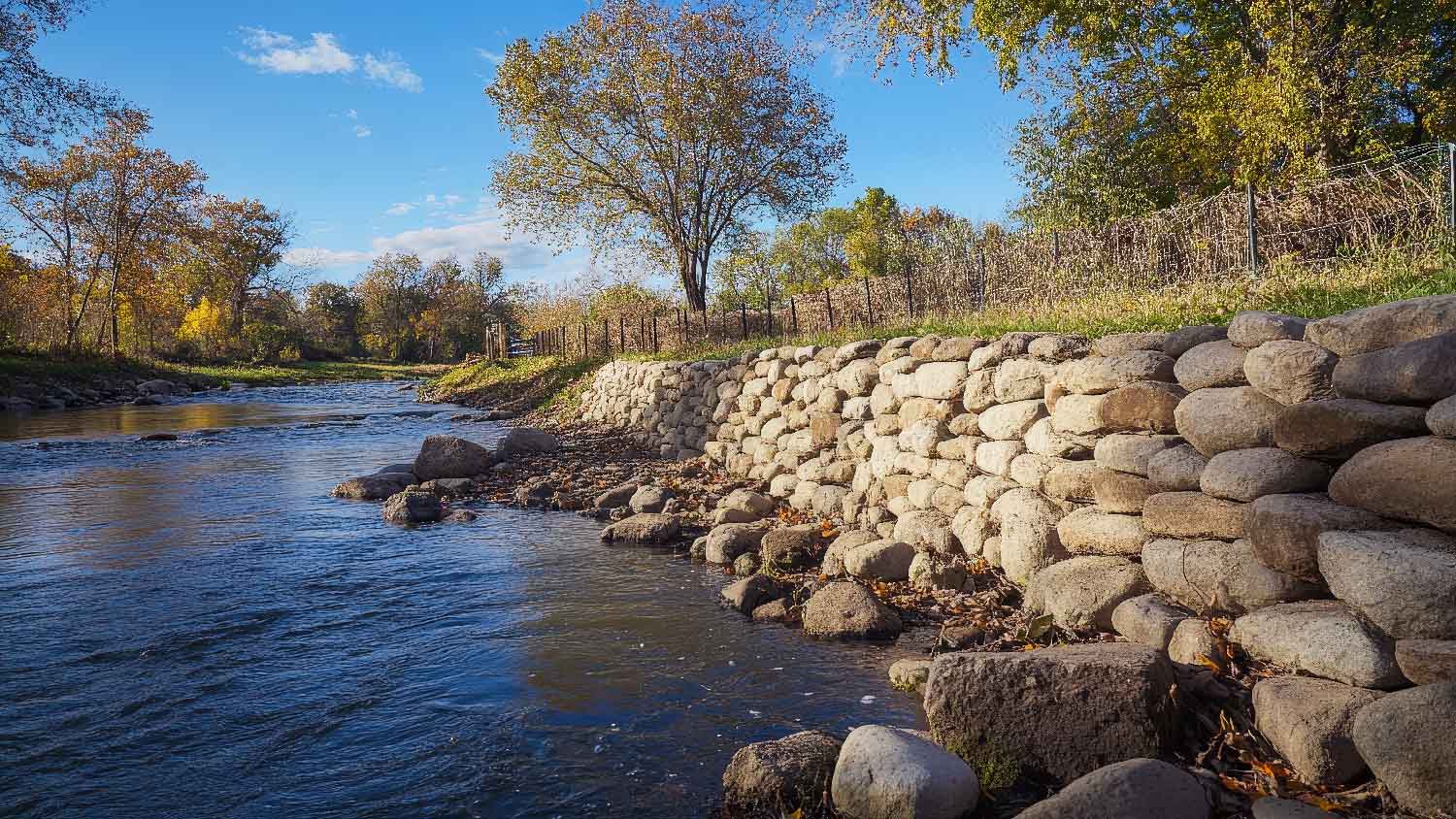
Looking to build flood and erosion resilience on your land? Review this guide for riprap costs that will stabilize your shorefront property.

Wondering how to clean dog urine off artificial grass? Revitalize your turf (even if it's pet-friendly) with this simple seven-step cleaning guide.